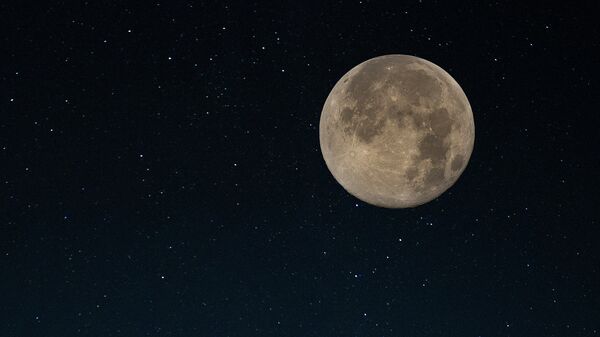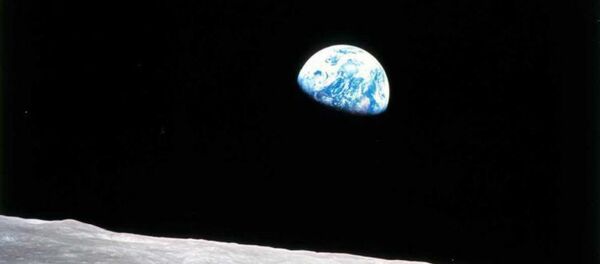The Russian space robot Lend is currently exploring both moon poles that have large reserves of ice. Studies have shown that there is enough hydrogen to produce rocket fuel. Furthermore, both water and oxygen could be extracted from lunar ice, the scientist said.
A processing factory to derive hydrogen rocket fuel, water and oxygen from lunar ice might start as early as 2035, Mitrofanov said.
"Many people, myself included, think that the Moon will be the next continent [planet] that humans will conquer. And if it's so, then the presence of such an important resource like water is very important," Mitrofanov told Radio Sputnik.
By 2018, Russia's reconnaissance spacecraft Luna-25 should land on the south pole of the Moon. Construction of Luna 25 is already underway, and once finished, the spacecraft will carry eight cameras to help it navigate and take pictures. It will also feature a drill tool capable of digging into the moon's surface.
After landing another lunar robot during 2020-2021 Russia will try to bring back a piece of lunar ice to the Earth by 2025. Following a thorough study, a group of Russian astronauts will fly to the Moon by the beginning of the 2030s. Then, within the next 5-10 years, a processing plant for rocket fuel, water and oxygen could be set up, the Russian scientist said.


